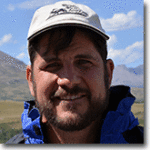
Executive Director

Deputy Director
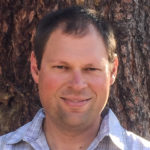
Director for Nevada & Oregon

Staff Attorney
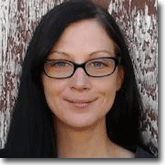
Bighorn Conservation Director

California Director
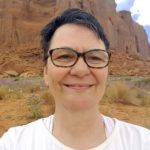
Energy and Mining Campaign Director
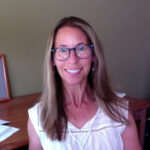
Operations Director
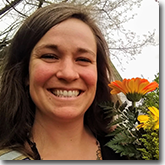
Washington and Montana Director
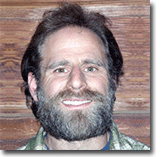
Public Policy Director

Staff Attorney for 10th Circuit Litigation
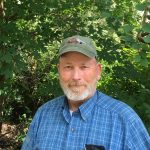
Sagebrush Specialist and Liaison to the Sagebrush Habitat Conservation Fund
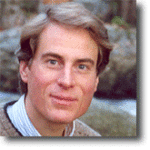
Director for Wyoming, Utah, and Colorado
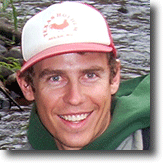
Conservation Advocate
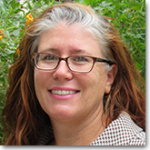
Arizona/New Mexico Director
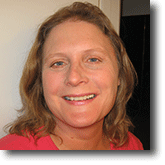
Ecosystems Specialist
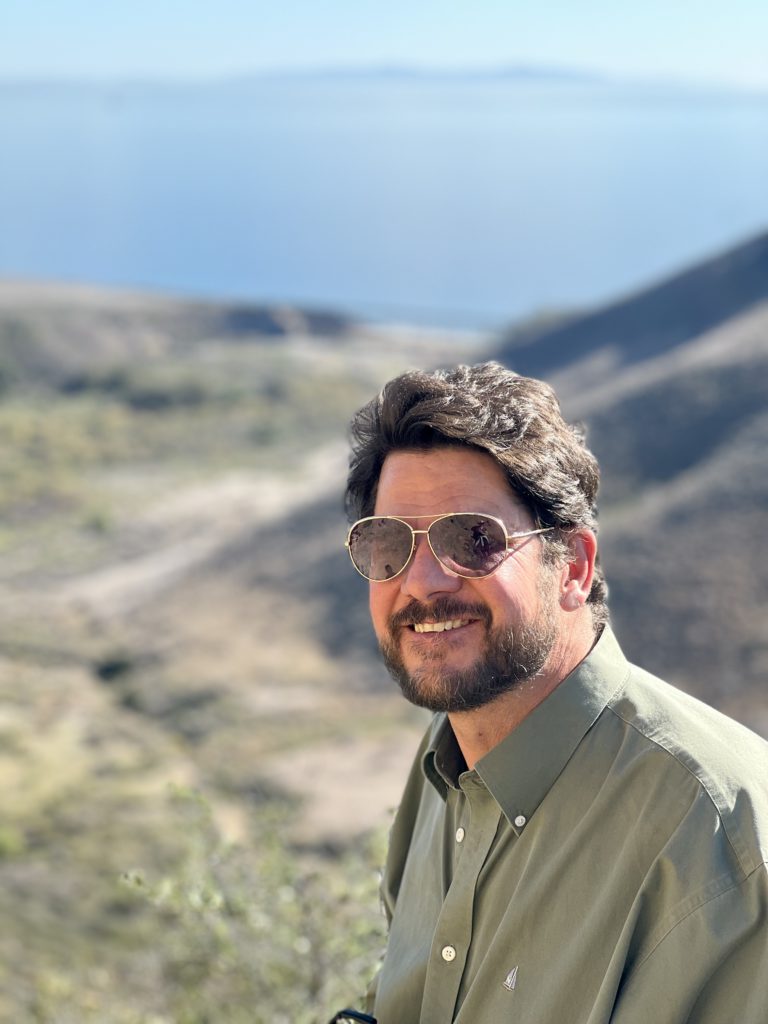
Erik cut his teeth in conservation fighting oil and gas projects in Wyoming during the Bush administration, and his signature accomplishment is defeating the 1,240-well Seminoe Road Coalbed Methane Project during that time. He is a wildlife biologist with published research in the behavior, ecology, and population dynamics of Alaskan moose as well as large-scale conservation planning. He spent 13 years as a conservation advocate and later Executive Director of Wyoming-based Biodiversity Conservation Alliance, and led WildEarth Guardians’ Sagebrush Sea Campaign for three years. Over this period, he became one of the conservation community’s leaders in sage grouse conservation and recovery. He is the author of 16 hiking guidebooks and backpacking techniques manuals for national parks and wilderness areas spanning the West from Alaska to Arizona. Erik is a contributor to The Hill and his blog posts can be found here.
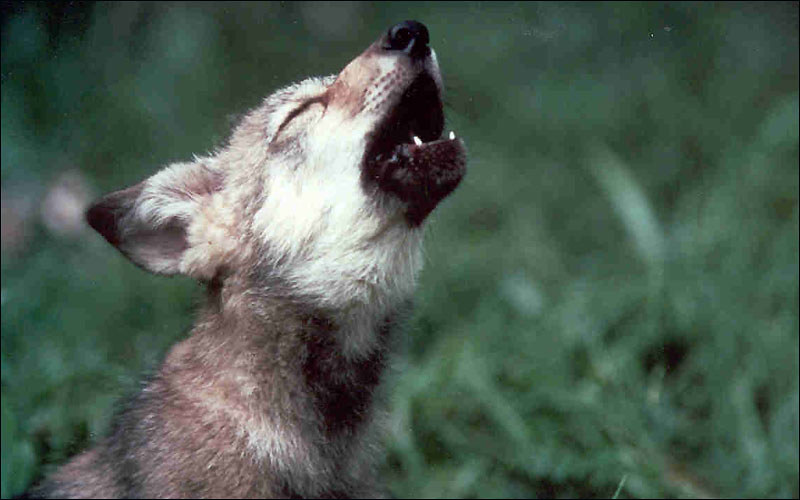
Greta has worked with Western Watersheds Project since 2007. She has degrees in geography, ethnobotany, and clinical herbalism, and has worked as a botanist for the National Park Service and the U.S Fish and Wildlife Service in the U.S. and Mexico.
She lives in Tucson, Arizona, with two dogs, seven chickens, one rabbit, and two humans.

Adam was born and raised in Syracuse, NY and spent his youth climbing and exploring the Adirondack wilderness. He began traveling to the western states in his late teens and soon fell in love with “the big open.” He attended SUNY College of Environmental Science and Forestry where he earned a B.S. in Environmental Studies and Geographic Information Systems. Adam moved to Central Oregon in 2014 to live close to public lands.
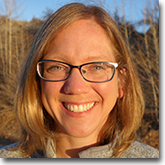
Talasi earned her J.D. from the University of Montana School of Law in 2013, along with an M.S. in Environmental Studies. She served as Managing Editor of the Public Land and Resources Law Review, Vice President of the Environmental Law Group, and co-authored her team’s winning brief with the National Moot Court team. She also volunteered with a local public interest environmental attorney tackling timber sale cases, completed her required clinic with Western Watersheds Project, and interned with Wilderness Watch, a national nonprofit Wilderness advocacy group. After graduating, she clerked for Justice Michael E Wheat of the Montana Supreme Court for a year. Talasi joins Western Watersheds Project after four years as a staff attorney with Advocates for the West, a nonprofit environmental law firm. Her legal work has largely focused on protecting the sage-grouse, an iconic sagebrush obligate bird threatened by degradation of its sagebrush habitat, and on reining in Wildlife Services, a federal agency that kills predators. Talasi’s interests include hiking, cycling, reading fiction, and small-scale organic farming.


Laura grew up in the San Francisco Bay Area and attended UC Berkeley where she studied zoology, paleontology, botany, and resource management. She traveled extensively around the Golden State on wildlife biology jobs working for California Department of Fish and Wildlife, US Geological Survey, Bureau of Land Management, and universities surveying for and studying such species as the Owens pupfish, Lahontan and Paiute cutthroat trout, rare salamanders, Red-legged frog, Foothill yellow-legged frog, Mountain yellow-legged frog, Sierra yellow-legged frog, Yosemite toad, Panamint alligator lizard, Mojave fringed-toed lizard, Desert tortoise, Least Bell’s vireo, Tule elk, and other species.
She is an artist-naturalist who wrote and illustrated the ecological history book A State of Change: Forgotten Landscapes of California (Heyday: 2010), emphasizing native California grasslands, oak woodlands, shrublands, and forests once filled with salmon, antelope, elk, wolves, and grizzlies thriving for thousands of years before European Contact. She has a particular interest in native grasses.
Working to conserve the natural desert ecosystems of California and Nevada, she co-founded the small group Basin and Range Watch in 2008, and she remains on the board. She presently lives in the Death Valley National Park region and enjoys hiking and exploring wild lands.
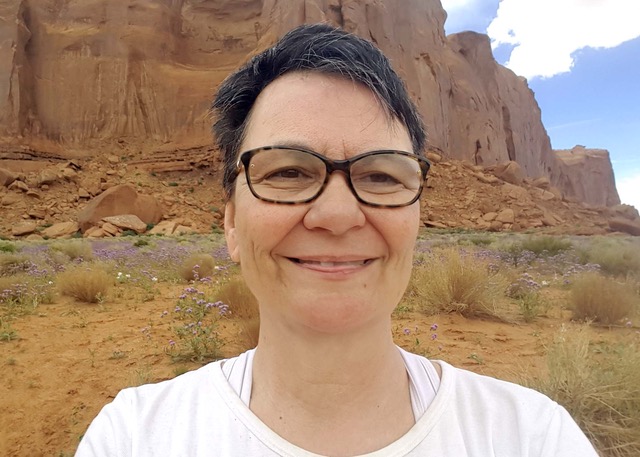
Kelly Fuller directs our energy and mining program. Prior to Western Watersheds Project, she was Executive Director of Gila Watershed Partnership of Arizona and The Protect Our Communities Foundation in rural California. While at American Bird Conservancy in Washington, D.C., she led a national campaign to make wind energy safer for birds. Fuller was also an advocate for healthy communities and clean energy at Plains Justice in South Dakota and for public lands and waters at Voyageurs National Park Association in Minnesota. Over the course of her career, she has worked on energy campaigns in nearly three dozen states.

Prior to joining Western Watersheds, Nancy spent 20 years as an environmental geologist focusing on NEPA impact analysis and environmental remediation projects. After becoming a mother, Nancy took time to explore new career options by working as the Office and Risk Manager for a local private school. Never straying too far from environmental conservation issues, though, she volunteers on the Blaine County Land, Water, and Wildlife Levy Board and has volunteered for a number of local city and non-profit organizations over the years. Geology remains a hobby, and her off time is spent trudging around Idaho learning about local landscapes.


After growing up in the crowded suburbs of Washington, DC, I took my degree in Political Science and Economics from the University of Maryland at College Park and headed west to the Colorado mountains. Forgetting all about politics for the next several years, I soon discovered peace and contentment in the high lonesome country of the Colorado front range. After this brief respite, I could no longer ignore the impacts of “multiple use” on the landscapes that I now called home. Thus began my lifelong journey as a defender of wild places and the wildlife that depend on them.
In 2002, I traveled to Montana and joined the Buffalo Field Campaign in the front line defense of the last wild buffalo herds in the United States. The skills I gained in my previous life quickly became relevant again as I recognized the need for direct representation of the Campaign’s goals in Washington, DC rather than relying on the larger national groups and their varying agendas. As the Campaign’s Public Policy Coordinator, I developed legislation that was introduced in Congress to protect the buffalo and was asked to give testimony before a House Subcommittee.
One thing that became abundantly clear in working to protect the buffalo was the roadblock created by the presence of livestock on public land. As I began to dig deeper into this problem and traveled extensively throughout the west to hike and backpack, I was awed and disgusted by the extent of destruction that cows and sheep on public land have left in their wake and by the inordinate power held by an elite minority of privileged ranchers on the public dole.
Working with WWP was a natural next step for me as I continue to advocate for wild buffalo, wild places and the innumerable other species (including us) impacted by public lands ranching.

John grew up in the northern Minnesota and spent his childhood exploring the surrounding forests and wetlands. Family trips out west to Yellowstone and the Black Hills further stoked John’s appreciation of wild places. After studying music and Spanish at Bemidji State University, John headed to law school. In 2009, he earned an LL.M. in environmental and natural resources law from Lewis and Clark Law School. John worked for Biodiversity Conservation Alliance in Wyoming and Pacific Rivers in Oregon before living overseas for a few years. In his free time, John enjoys climbing mountains and exploring the vast and varied landscapes of the west.

Dave grew up on a working farm/ranch in central Idaho. He worked for 12 years as a wildlife biologist and range conservationist with the USDA Forest Service and then spent fourteen years teaching Wildlife Management, Range Ecology, and Stream Ecology at Brigham Young University – Idaho. He came to WWP from New Mexico State University, where he was a Visiting Assistant Professor in the Range Department and taught Intro to Range Science, Rangeland Restoration Ecology, Rangeland Resource Ecology, and other classes. He has extensive experience in sagebrush and piñon juniper habitats as well as with riparian area restoration. He has discovered two fossil species new to science. He spends his free time reading on Zoom with his grandkids, being with his wife Juli, and wandering in places beyond where the road ends.

Jonathan joined WWP after a stint with the Forest Service in which he documented severe degradation caused by livestock grazing. When his reports were consigned to the ‘round file’ by the Forest Service, he sought out assistance from various area conservation organizations to deal with the problems, all of which declined to help. In his search for assistance farther afield he came across Western Watersheds Project and shortly thereafter started WWP’s Wyoming Office.

Paul grew up in Twin Falls, Idaho. From a young age, he accompanied his parents and brothers on high desert adventures in southern Idaho and northern Nevada. He developed a love of wild places and recognition of the importance of public lands. Paul spent six seasons working as a wildland firefighter for the BLM and Forest Service in Idaho, Oregon, and Alaska.
He graduated from Lewis and Clark Law School with a certificate in environmental and natural resources law in 2012. Paul lives in Reno. He previously worked for WWP in Portland, Oregon. He is admitted to practice in Nevada and Oregon.

Cyndi is an attorney and conservation advocate with more than ten years of experience protecting federal public lands in the Southwest. Cyndi has worked with national and local conservation partners to protect the habitat of native species and ensure good land management policies are implemented to protect natural resources. She holds both a bachelor of science in Ecology and Evolutionary Biology and a law degree from the University of Arizona. While in law school Cyndi researched conservation issues related to grazing on state trust lands and co-authored two publications on state trust lands in the West. Cyndi was born and raised in Tucson, Arizona where she enjoys bicycling, hiking, camping, local music and is an appointed member of the Tucson-Pima County Bicycle Advisory Committee.

Laura grew up in Alaska, where she received her bachelor’s degree in Biology from the University of Alaska – Fairbanks. After working as a seasonal biological technician conducting monitoring studies in numerous national parks and wildlife refuges in Alaska, California, and Utah, she went back to school for her Master’s degree in Botany from the University of Wyoming in Laramie.
After graduating she worked as a field scientist and data manager for the Wyoming National Diversity Database until the red rock deserts called her to Utah. For four years, she was a botanist with BLM’s Grand Staircase-Escalante National Monument, where she developed a broad working knowledge of grazing in the desert southwest and its effects on upland and riparian ecosystem function. She also worked on an EIS to guide grazing on the Monument. It was then that she understood that grazing and science are politically incompatible, and instead it is entrenched special interests that dictate grazing management in the West.
She decided to go another direction and developed her interests in the animal welfare field while maintaining her field cred by working and volunteering for the Grand Canyon Trust and Wild Utah Project gathering data on Bureau of Land Management grazing and habitat restoration programs.
Her interest in public lands management, especially grazing, led her to Western Watersheds Project. She is also co-leader of the Southern Utah Restoration Working Group, a coalition of environmental groups working on grazing on BLM lands in Southern Utah. She currently enjoys living in the Sonoran desert in Phoenix, AZ with her husband Walter and numerous rescued animals.
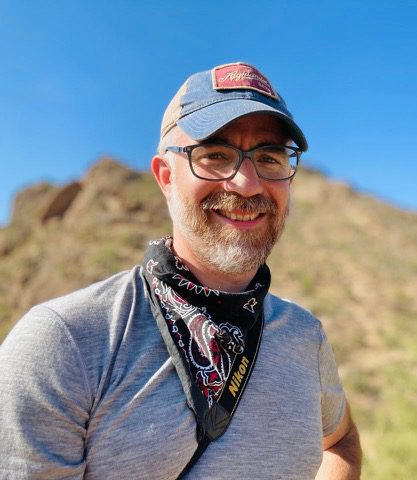
Patrick was raised in the Pacific Northwest and spent his childhood years camping, backpacking, and exploring the rivers and forests of the Cascade mountains with his family. His love of the natural world stems from countless hours spent on his favorite rivers and streams, fishing, skipping rocks, and swimming with his younger brother. He received his MA in Philosophy from the University of New Mexico in Albuquerque with a strong emphasis on environmental ethics. He went on to earn his doctorate in Forestry & Conservation from the University of Montana, with a focus on public lands policy and the ethics of wilderness management. He is a strong believer in public lands remaining public and has devoted his career to ensuring that the other-than-human inhabitants of these special places are protected from exploitation.